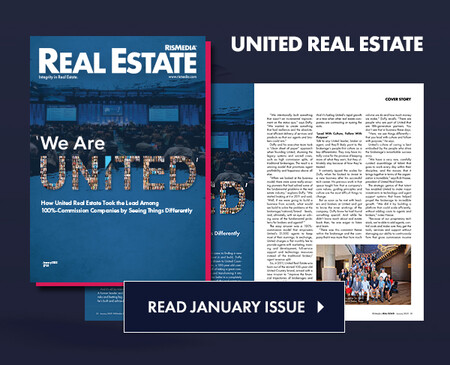 Ever since the Blackberry first captured our hearts and eyes, those of us old enough to remember the scroll wheel on the side have been glued to these handheld computers we call smartphones. Like addicts—scrolling, waiting, checking—we jump at the opportunity to receive and respond instantly to emails from clients or colleagues; affirming for all that we’re constantly connected. Our constant connectivity has only encouraged the use of email marketing, which floods our personal and professional inboxes to no end. Around the same time the “Crackberry” addiction took America by storm, another medium—text messaging—was also on the rise. More personal, standard across devices and extremely efficient, text messaging would quickly become the most popular form of communication in the country. But who will win the battle for marketing supremacy as email and text square off?
Ever since the Blackberry first captured our hearts and eyes, those of us old enough to remember the scroll wheel on the side have been glued to these handheld computers we call smartphones. Like addicts—scrolling, waiting, checking—we jump at the opportunity to receive and respond instantly to emails from clients or colleagues; affirming for all that we’re constantly connected. Our constant connectivity has only encouraged the use of email marketing, which floods our personal and professional inboxes to no end. Around the same time the “Crackberry” addiction took America by storm, another medium—text messaging—was also on the rise. More personal, standard across devices and extremely efficient, text messaging would quickly become the most popular form of communication in the country. But who will win the battle for marketing supremacy as email and text square off?
Email, the veteran (used loosely) of the match-up, has numerous advantages—it’s cost effective and efficient, it drives traffic, it’s easy to manage and can produce a substantial ROI if done correctly. However, as they say, the devil’s in the details. Today, 62 percent of all emails are opened from a mobile device and 95 percent of emails are opened on only one device. Therefore, when an email is opened on a phone, it’s most likely not going to be re-opened on a PC later on. Couple that with the fact that 70 percent of consumers delete emails that don’t render well on a mobile device immediately, and the picture becomes pretty clear; your emails better format for mobile or you’re going to lose your chance at making an impression with your consumer.
This, of course, is easier says than done. Creating email blasts that format across all devices isn’t as easy as one would think it would be by now. In addition, there are more screen sizes and device types to account for today.
In looking at the other side of the equation, text messaging is still relatively simple, confined to 160 characters, standard across devices and networks. While there is a hard cost associated with each text message sent, the cost is low compared to other forms of marketing, especially when you take into account the effectiveness of this medium.
In fact, 90 percent of all text messages are read within three minutes. As another author put it: “If this doesn’t make you want to start using text messaging in your business right now, I don’t know what will.” Perhaps this next stat will put you over the top: The open rate of text messages is 98 percent, compared with emails at 22 percent. This head-to-head comparison does not bode well for email in this match-up. And if you want to compare text message to print, you’ll find that mobile offers are redeemed 10 times more frequently than print offers.
So who prevails in the battle for marketing supremacy? A valid and well supported argument can be made for both. What it really comes down to is the strategy behind how each is used, as each can provide substantial ROI and drive direct traffic to your brand and assets.
What’s your strategy?
Seth Kaplan is president of MRE. For more information, visit www.mobilerealestateid.com.











